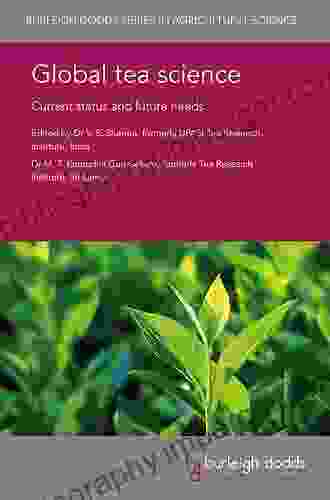Almonds, the delectable and versatile nuts, have captivated culinary traditions and health-conscious consumers alike for centuries. Originating from the arid regions of Central Asia, almond trees have spread their roots across the globe, becoming an integral part of various cultures and cuisines.
4.2 out of 5
| Language | : | English |
| File size | : | 44016 KB |
| Text-to-Speech | : | Enabled |
| Enhanced typesetting | : | Enabled |
| Print length | : | 1092 pages |
| Lending | : | Enabled |
| Screen Reader | : | Supported |
This comprehensive guide delves into the captivating world of almonds, unraveling their botanical intricacies, production processes, and multifaceted uses. Whether you're a farmer, researcher, or simply an almond enthusiast, this book provides a wealth of knowledge to enrich your understanding and appreciation of these remarkable nuts.
Botanical Characteristics
Almond Tree
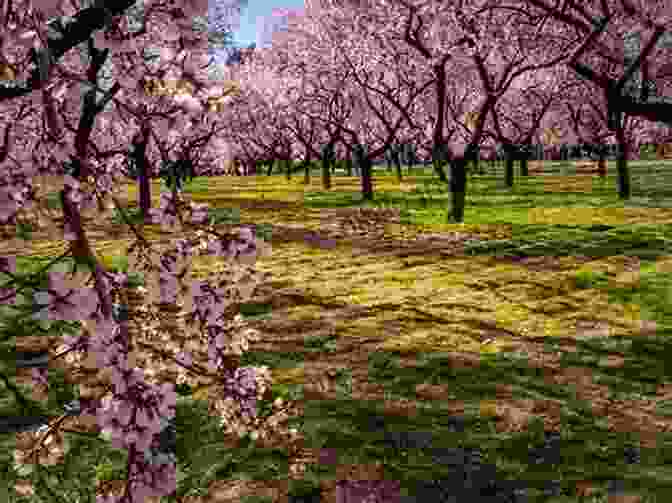
The almond tree (Prunus dulcis),belonging to the Rosaceae family, is a deciduous tree characterized by its beautiful pink or white blossoms in early spring. These blossoms are a harbinger of the upcoming almond harvest and a delightful sight to behold.
Almond trees can reach heights of up to 13 meters (43 feet) and live for several decades. They prefer warm, dry climates with well-drained soil and plenty of sunlight.
Almond Fruit
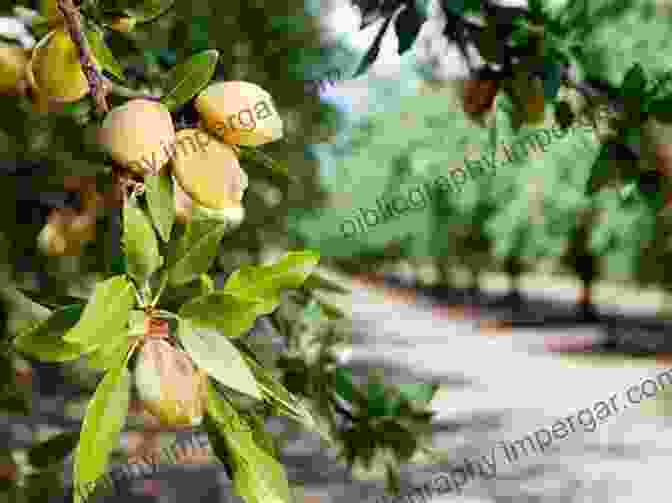
The almond fruit is a drupe, consisting of an outer fleshy layer (exocarp) surrounding a hard shell (endocarp) that encloses the edible seed (kernel). The exocarp is typically green when immature and turns brown as it ripens.
The endocarp is hard and woody, protecting the kernel from damage. Inside the endocarp, the kernel is enveloped in a thin brown skin (testa) and contains a rich, oily embryo.
Almond Production
Cultivation and Pollination
Almonds are grown in commercial orchards, with California, USA, being the world's largest producer. Almond trees require cross-pollination to produce fruit, and beekeepers often place hives in orchards during blooming season to facilitate this process.
Harvesting
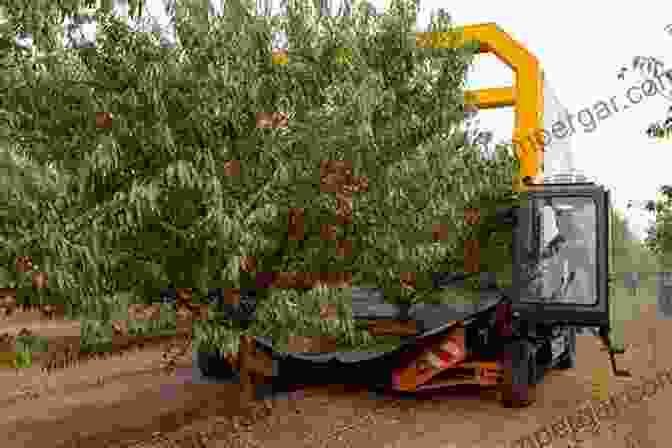
Almond harvesting typically occurs in late summer or early fall. Mechanical shakers are used to dislodge the ripe almonds from the trees, which then fall onto the ground and are collected.
Processing
After harvesting, almonds undergo various processing steps to remove the exocarp and endocarp. The almonds are then cleaned, sorted, and graded based on size and quality.
Uses of Almonds
Culinary Applications
Almonds are prized for their rich, nutty flavor and versatility in culinary applications. They can be consumed raw, roasted, salted, or flavored. Almonds are also used as an ingredient in numerous dishes, including desserts, salads, main courses, and beverages.
Almond Milk and Oil
Almond milk, a plant-based milk alternative, is made from blended almonds and water. It has become increasingly popular due to its creamy texture and nutritional value.
Almond oil, extracted from the kernels, is used in cooking, cosmetics, and pharmaceuticals. It is rich in monounsaturated fats and antioxidants.
Health Benefits
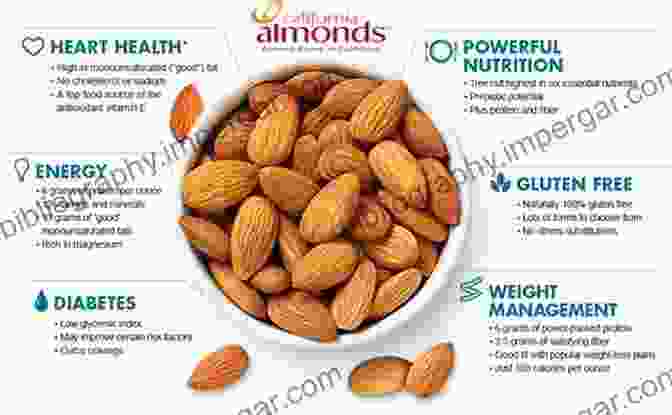
Almonds are a nutrient-dense food, packed with fiber, protein, healthy fats, vitamins, and minerals. They have been associated with various health benefits, including:
- Improved heart health
- Reduced risk of type 2 diabetes
- Weight management
- Antioxidant protection
Historical and Cultural Significance
Almonds have a rich historical and cultural significance. They have been cultivated for thousands of years and have been mentioned in ancient texts, including the Bible and the writings of Greek and Roman philosophers.
Almonds hold symbolic meanings in various cultures. In some traditions, they represent fertility, prosperity, and good luck. They are often used in religious ceremonies and festivals.
Environmental Considerations
Almond production requires significant water resources, particularly during the hot summer months. In recent years, there have been concerns about the environmental impact of almond farming in California, where water scarcity is a growing issue.
Researchers and farmers are exploring sustainable practices, such as drip irrigation and drought-tolerant rootstocks, to reduce water consumption in almond production.
Almonds, with their captivating botany, diverse production methods, and multifaceted uses, are a remarkable gift from nature. This comprehensive guide has provided an in-depth exploration into the world of almonds, shedding light on their botanical characteristics, production processes, and the vast array of their applications.
Whether you're a farmer seeking to optimize your almond yields, a researcher delving into the intricate world of almond biology, or simply an almond enthusiast eager to expand your knowledge, this book offers a wealth of insights and practical information.
As we continue to unravel the secrets of these delectable nuts, the future holds endless possibilities for the cultivation, production, and utilization of almonds. Let us embrace the almond's legacy and strive to ensure its sustainable future for generations to come.































































